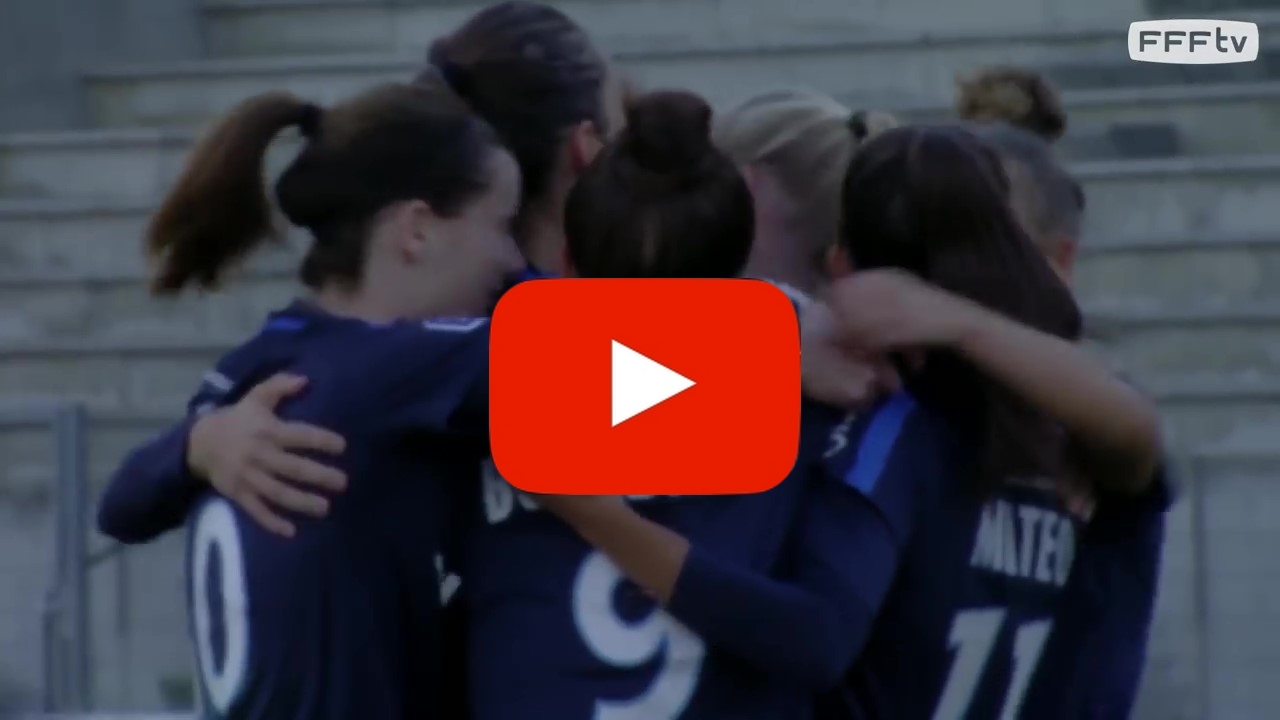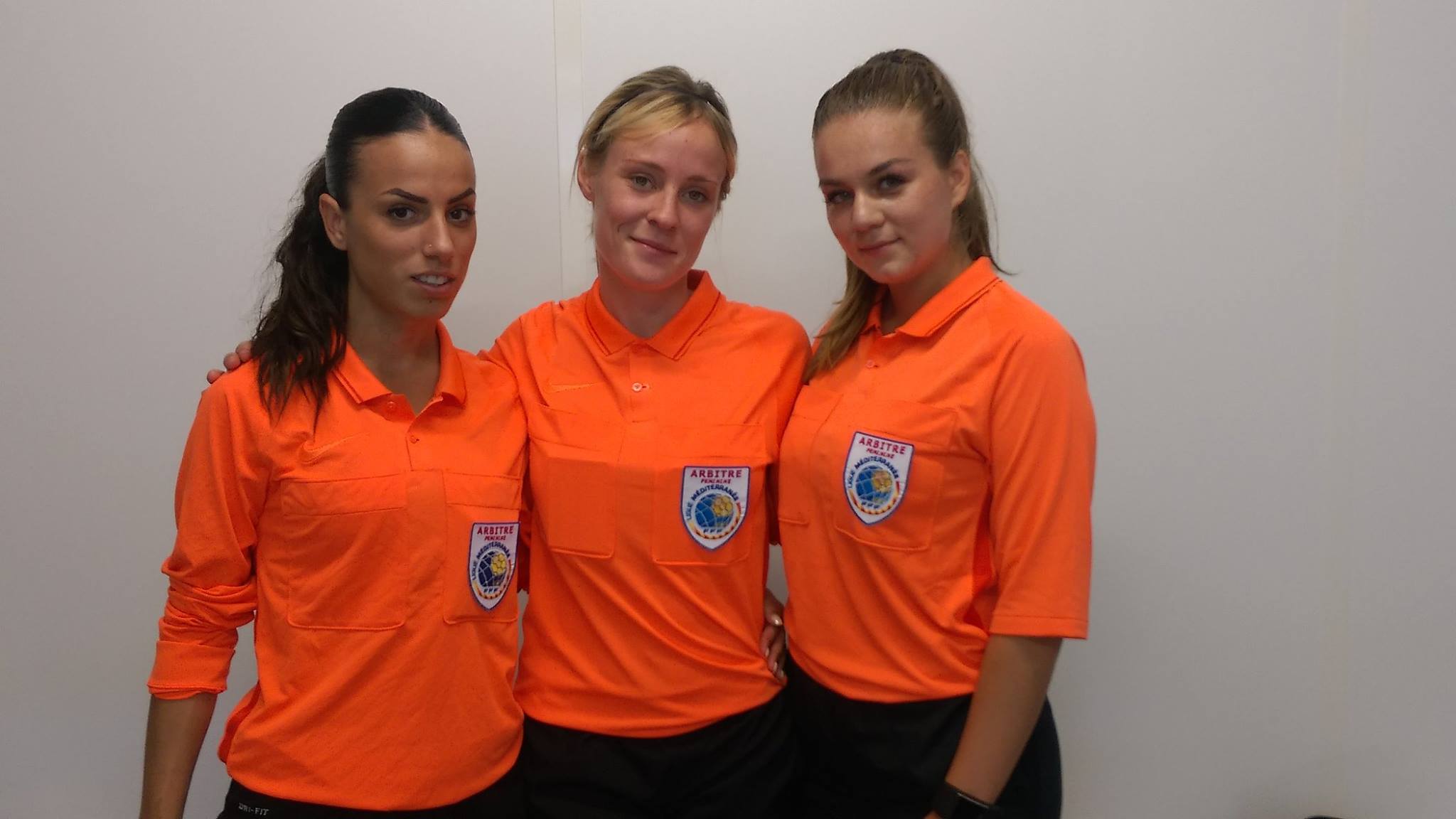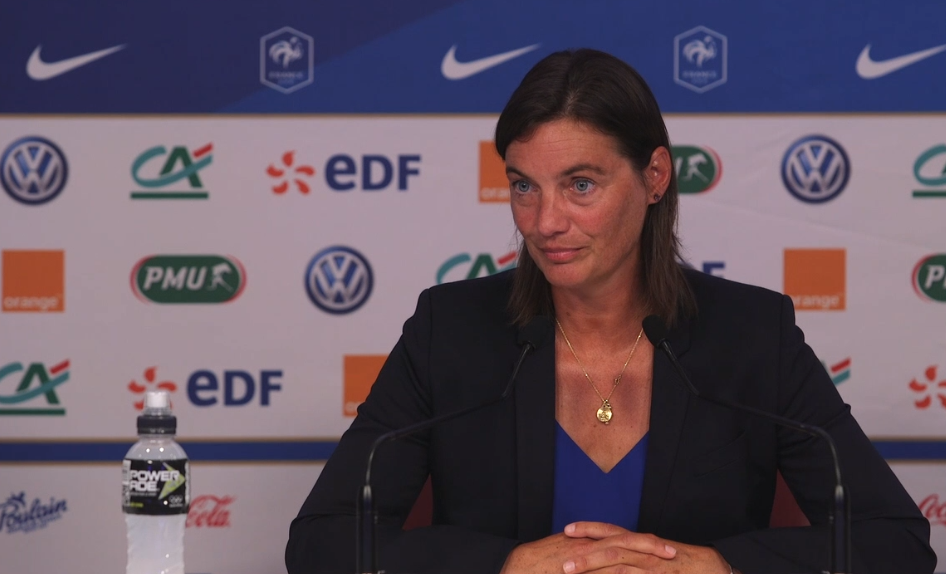We talked a few weeks ago on Hearts football, the milestone of 100,000 licensed female French football should be quickly reached in 2016. An important first step in the development of the sport still too often criticized. Despite this level, there is still a lot of work to make women's football a staple of French sports. But finally how to continue to develop it quickly? What proposals to make and what projects are still to start?
This season, French women's football continues to progress. Today in the lower division (D2), a first reform was put in place to modify the championship. Indeed, since a few seasons, the D2 was ordered in 3 groups (A-B-C) in the form of geographical areas. At the end of this 2015-2016 season, nearly six teams per group (out of 12) will be relegated against three initially. The objective is simple, to improve the level of the D2 by creating only two hens of 12 teams instead of three today. At first sight this reform seems good for women's football, but some clubs could disappear completely in case of descent. Bad news for small clubs with limited budget, which will have to leave their place. As in all reforms there are good and bad sides. However next season, the new D2 is likely to be much more competitive and consistent than previous years. A good point !
When will the professional status?
One of the main obstacles to the "brutal" evolution of women's football remains the professional status. Many clubs like D2 and D2 are still "amateurs". To compare with men's football for example, any club evolving in L1 or L2 has the obligation to pass under pro status. Apart from the big French clubs like Lyon and Paris, for example, the teams have much more difficulty financially and financially to keep pace with the cadors who benefit from better infrastructure, or more cash to offer the players fixed contracts. In an interview with Hearts Football last month, coach Toulouse FC, Sylvain Delgado, had pointed to the fact that some players now chose "logically" to leave for clubs that can offer them contracts or bonuses of interesting matches. The problem is that because of its disparity in status, many clubs lose their best players without being able to retain or offer something similar. The gap between the cadors and the rest of French football continues to widen from year to year. Today Lyon, Paris, Montpellier and Juvisy are almost untouchable for any other club in the league. And that's a shame for the show ...
The French team as showcase of French football
Today EDF is one of the best women's football nations in the world. More and more followed and mediatized, Philippe Bergeroo's team is the showcase of French football. Indeed, we see that when the Blues get good results during international competitions, the women's football is reaping the fruits with including many new licensed. A boomerang effect that allows the evolution of this sport. During the World Cup in Canada, the blues were particularly followed in France with beautiful audience shares.
The problem today for the D1 clubs in particular is due to the fact that the championship matches are not broadcast. Impossible to follow in real time the results of the teams in competition. In addition to the big posters of the championship that are broadcast, other team games like Albi or Rodez, for example, are not broadcast on a free TV channel or on any other channel. The evolution of this sport will necessarily involve a daily broadcast of D1 meetings in a first time. Without this, women's football will stagnate. Even if some clubs now offer match summaries on their websites (which is already a big step forward!), TV broadcasting remains the main goal to reach quickly for women's football in France.
Photo Credits: Nelson Fatagraf





![[UWCL, 1 / 8th finals return] Chelsea puts out Fiorentina, Bayern and Wolfsburg at the rendezvous](/backEnd/images/article/bf6078d9cad58f3ec76f1c6d1562c8df.jpeg)
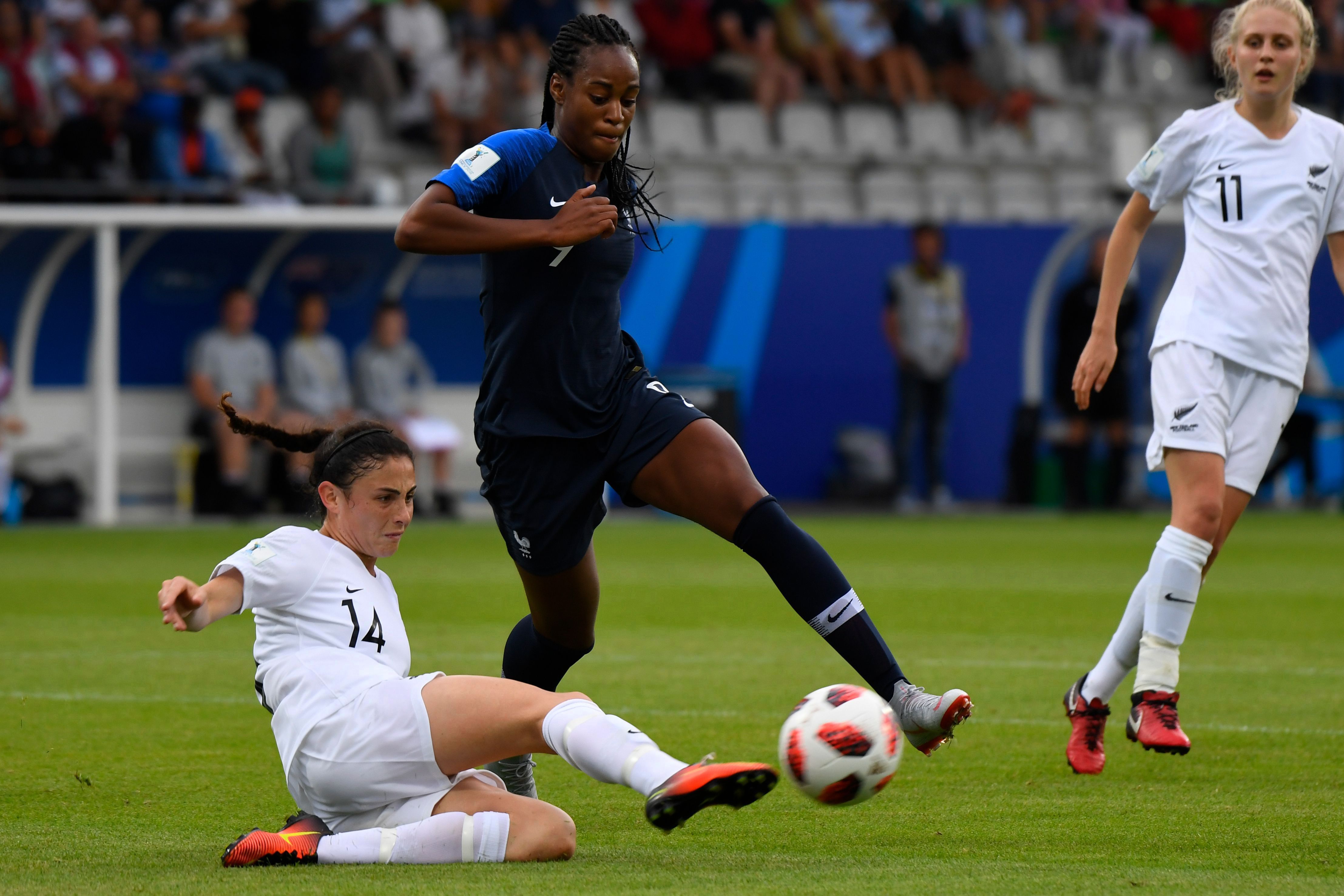
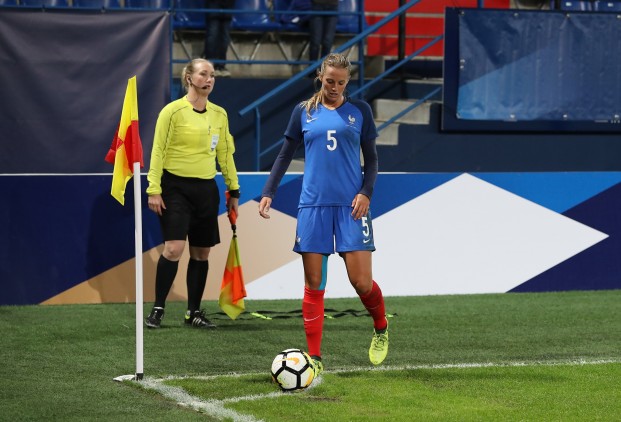
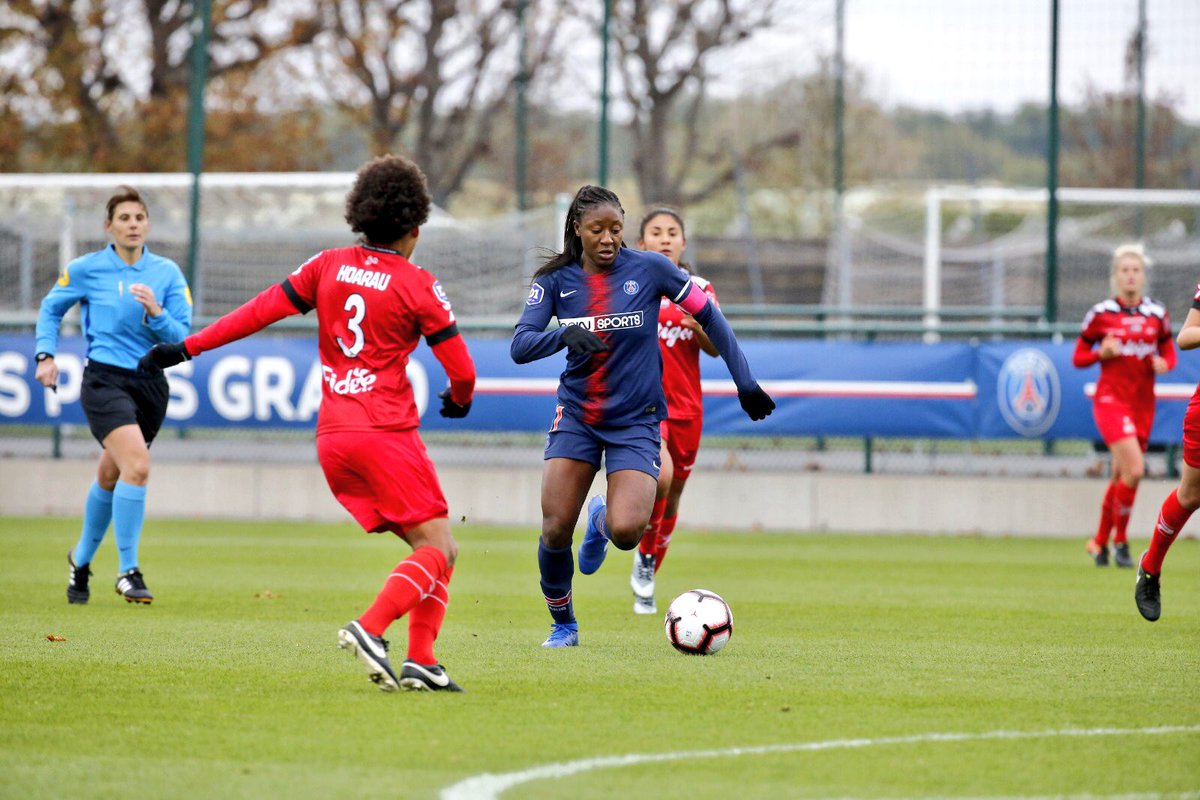
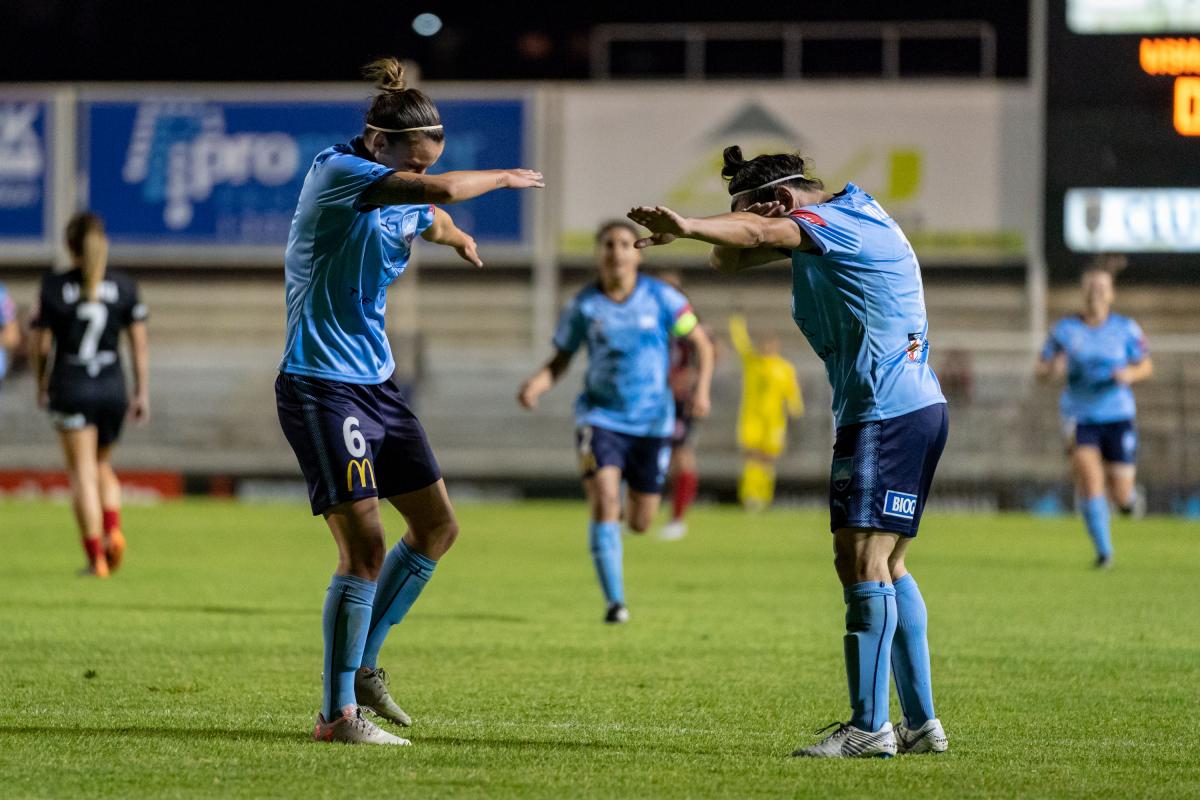


![[UWCL, 1 / 8e back] OL - Ajax (9-0): Lyon qualify for 1/4 after outclassing Ajax](/backEnd/images/article/d30f6b37cf9200d87c3668b1de114da5.jpeg)


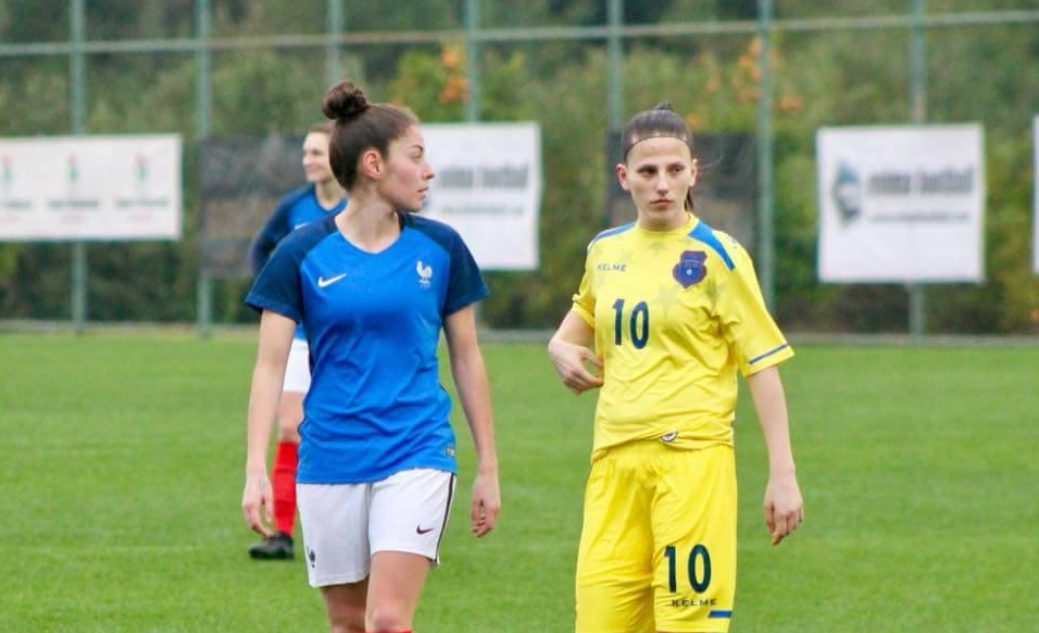
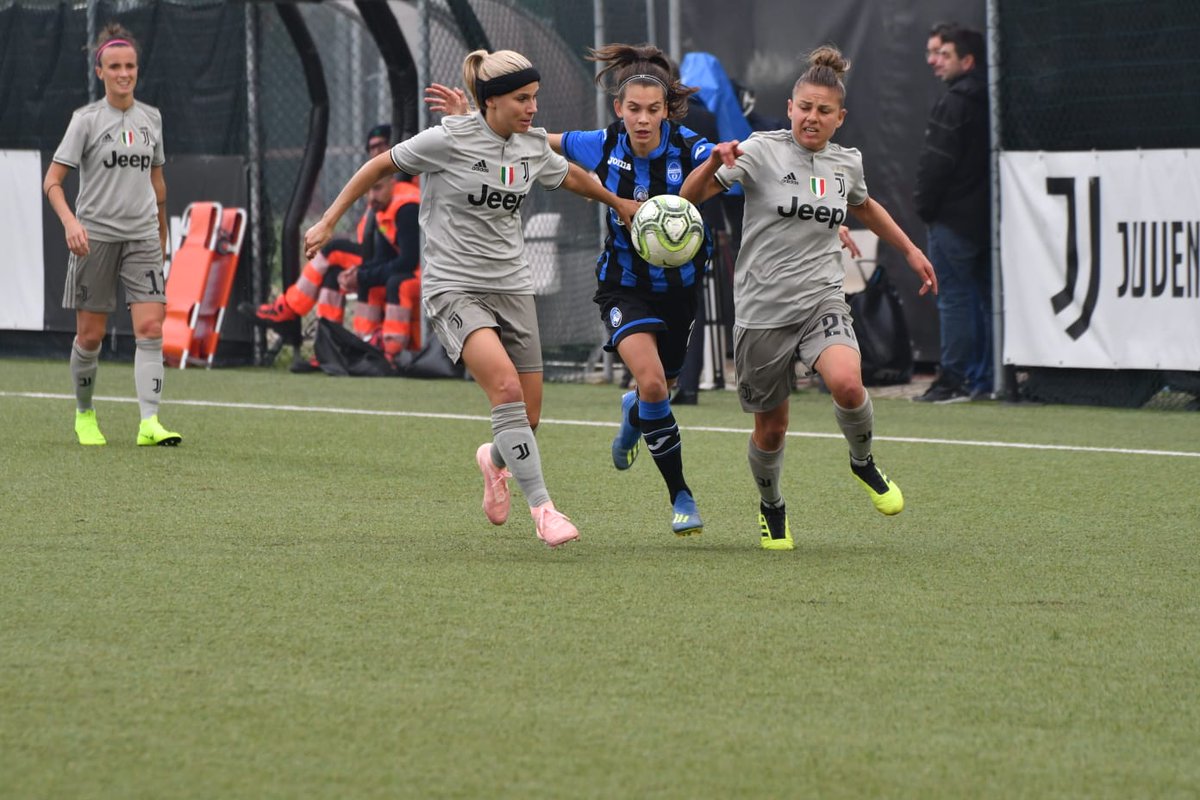

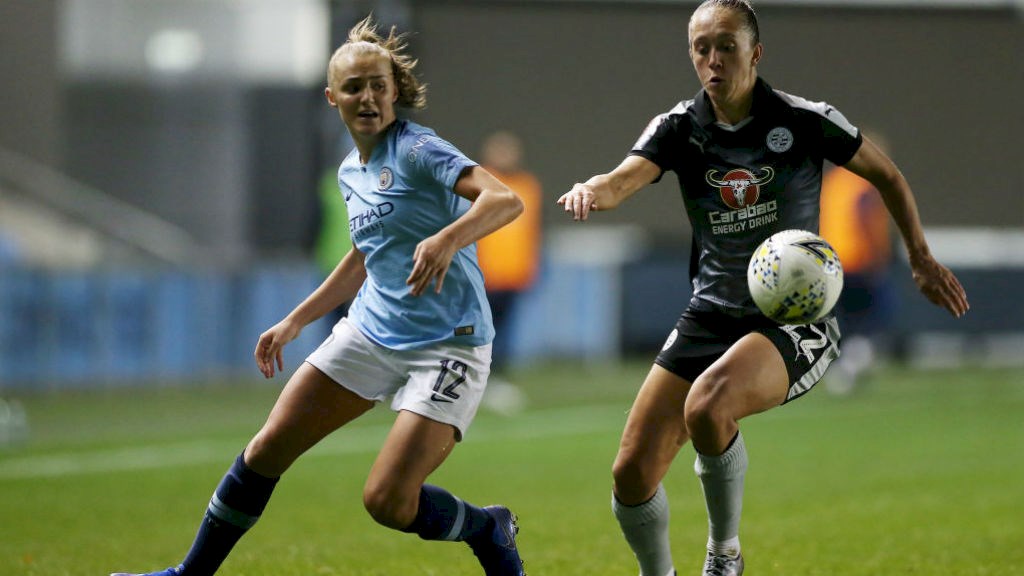
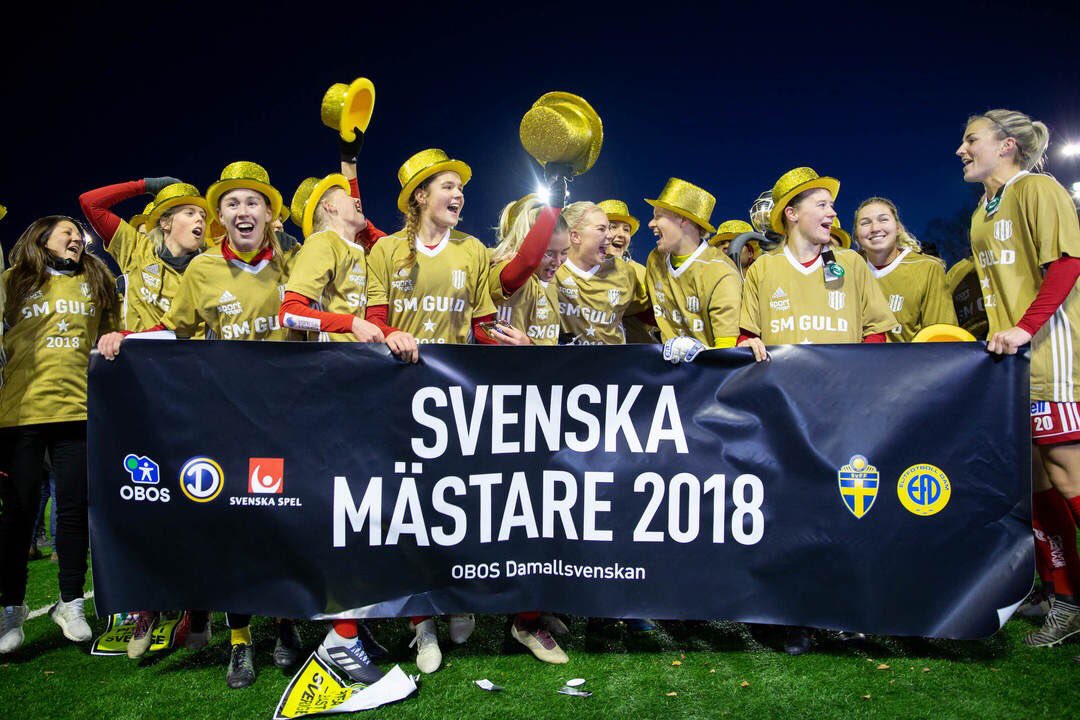
![[UWCL, 1 / 8e back] PSG - Linkopings (3-2): PSG cash, but valid his ticket for 1/4](/backEnd/images/article/3ab0e3eae3ed85022a807d575d8e5711.jpeg)
